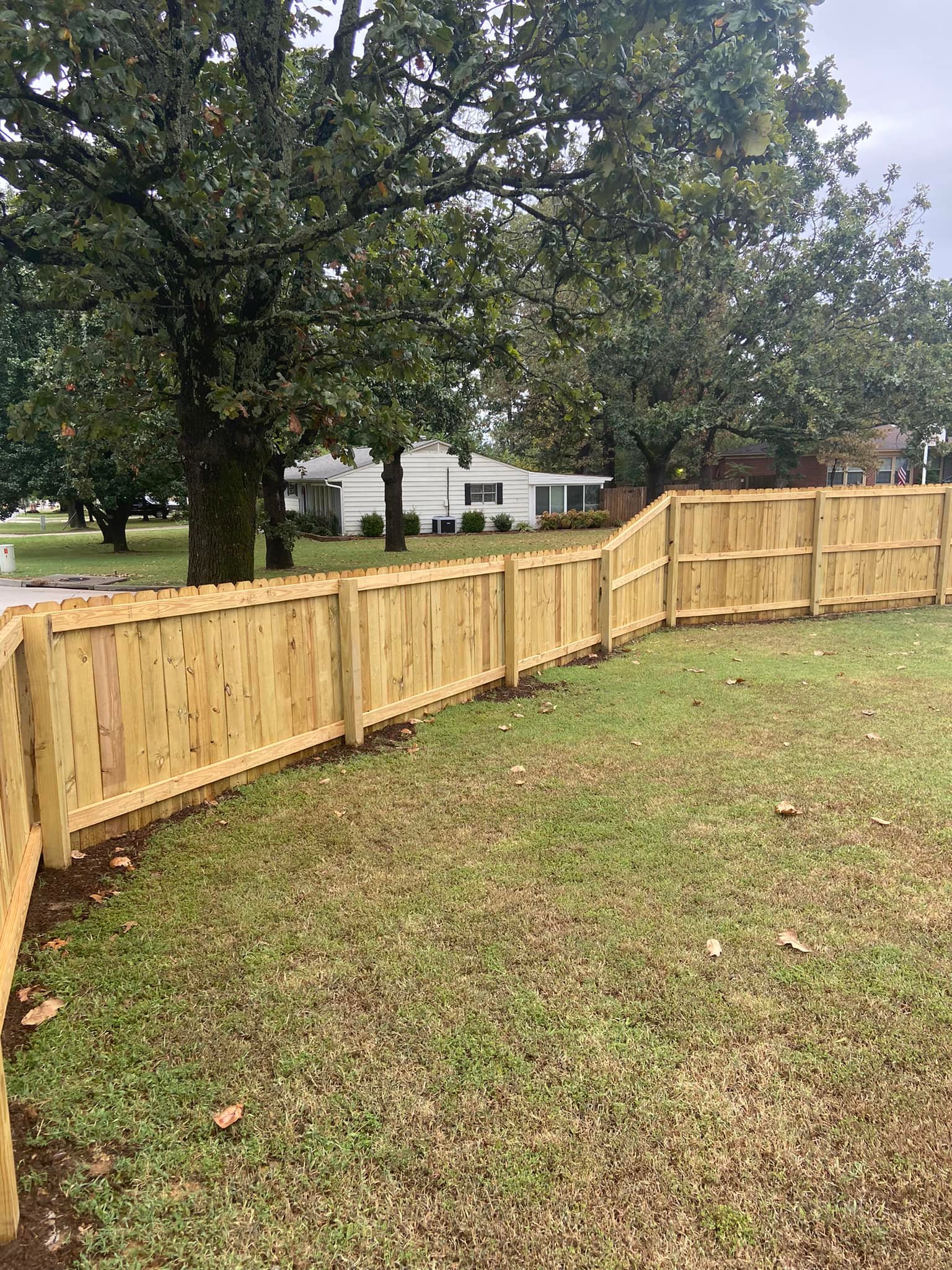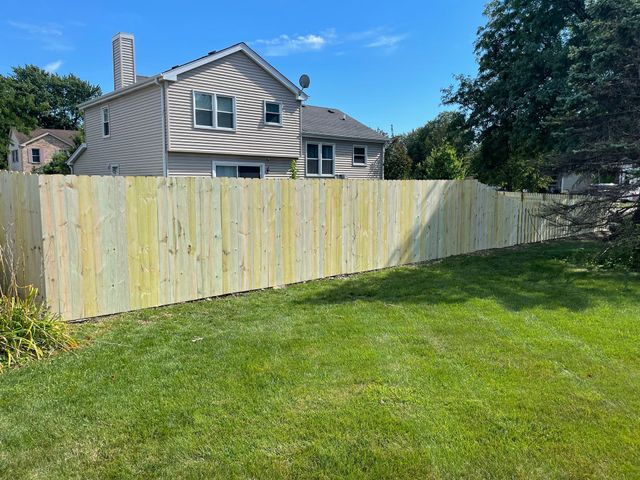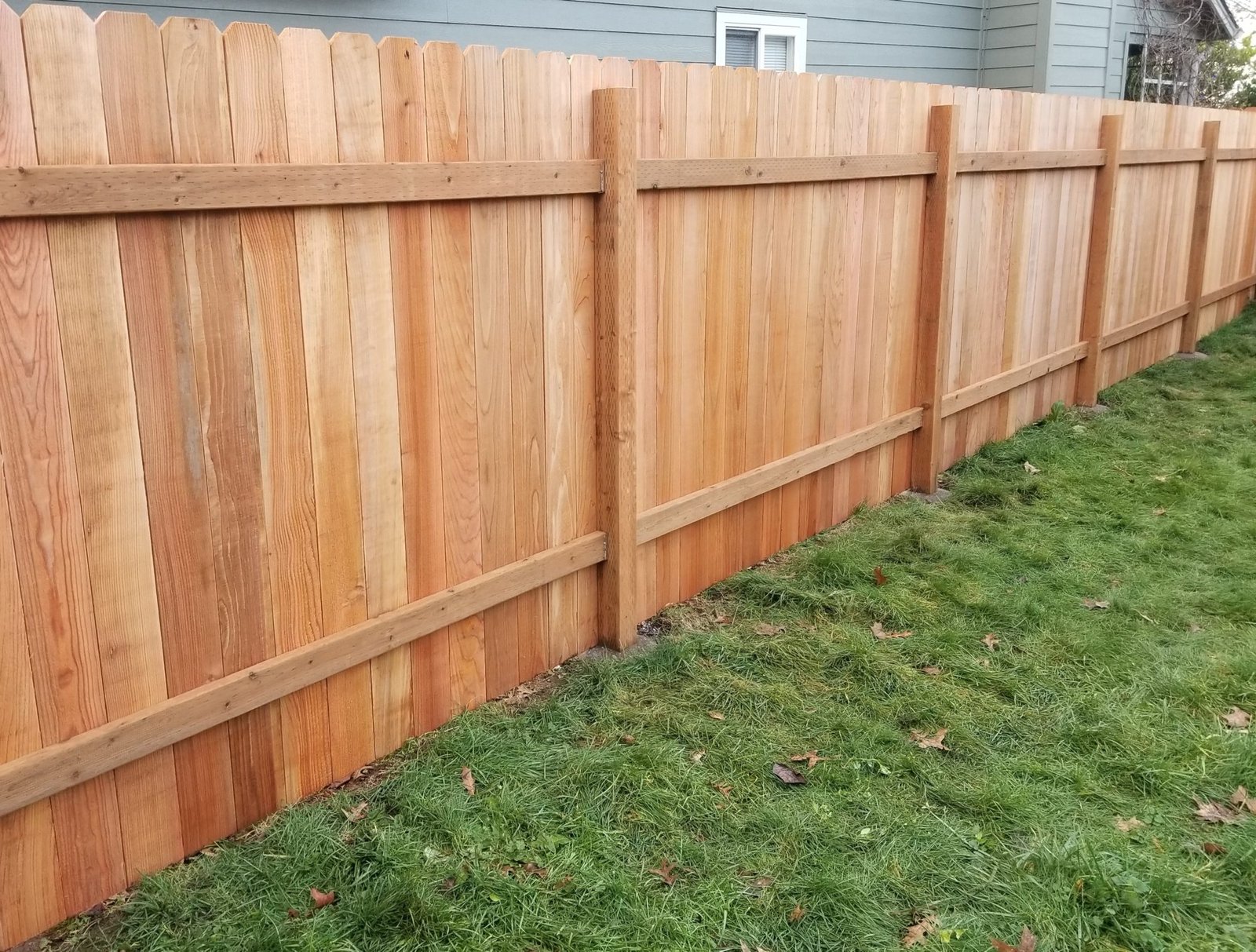Experienced Wood Fence Contractors Fort Smith AR: Creating Stylish and Functional Fences
Step-by-Step Guide to Mounting a Wood Fencing for Your Home or Home
Installing a timber fencing can dramatically enhance both the functionality and visual appeal of your home. However, the process needs cautious preparation and execution to accomplish the desired results. From analyzing your certain demands to selecting proper products, each action plays a critical role in the general success of the task. Understanding these actions not just guarantees a strong installation however additionally contributes to long-lasting satisfaction. What adheres to is a comprehensive overview that will certainly offer clarity on exactly how to browse this process successfully - wood fence installation Fort Smith AR.
Planning Your Fence Installation
When embarking on the installation of a wood fencing, cautious planning is important to ensure a successful end result. Begin by assessing the function of the fence-- whether it is for personal privacy, safety, or aesthetics-- since this will affect the layout and format. Next, evaluate the building lines, making sure to verify the limits through a study or title deed to prevent conflicts with neighbors.
Consider regional zoning legislations and house owners' organization standards, as these may determine fence elevation, design, and products. It is suggested to acquire the necessary authorizations prior to starting work, as this can protect against legal problems later.
Furthermore, take into consideration the terrain and dirt problems of your home. Uneven ground may call for additional modifications throughout installation, while rocky dirt could necessitate specific devices.
Lastly, produce a detailed plan that includes dimensions, the variety of posts, and the spacing between them. A clear layout will facilitate the setup process and guarantee that you have actually all called for products available. By adhering to these planning steps, you can set a strong structure for an effective timber fencing setup.
Picking the Right Products
Selecting the appropriate materials for your timber fencing is vital to ensuring sturdiness and aesthetic appeal. The most usual kinds of wood utilized for fence include cedar, redwood, and pressure-treated yearn. Cedar and redwood are naturally immune to degeneration and insects, making them outstanding options for longevity. Their rich colors and natural grain patterns additionally boost the visual appeal of your home.
Pressure-treated yearn is another preferred alternative, as it is often extra budget-friendly. Nevertheless, it needs routine maintenance and therapy to prolong its life expectancy. When selecting timber, take into consideration the climate of your region; for instance, locations with high humidity may gain from timber species with greater resistance to dampness.
Additionally, you need to examine the fence style and purpose. A picket fencing might require various material specs contrasted to a personal privacy fence. Select thicker boards for structural honesty, specifically in high-wind locations. Lastly, consider the finish; untreated timber might need staining or sealing to safeguard against climate components. By thoroughly choosing your materials, you can make sure that your wood fence will stand the examination of time while enhancing your home's landscape.
Preparing the Installment Site

Preparing the installment website is a vital action in making certain the successful building of your timber fence. Appropriate preparation not just promotes a smoother installation procedure however also adds to the long life and stability of the fencing.

Next, analyze the surface. Eliminate any type of challenges such as rocks, roots, or debris that can impede the setup procedure. Take into consideration leveling it or readjusting your fence design accordingly if your website has irregular ground. Additionally, check for below ground utilities by contacting your regional utility firm. This is important to prevent damages throughout installation and ensure safety and security.
Setting Up the Fence Messages

Following, dig holes for each and every message, ensuring they are deep sufficient-- usually one-third the height of the message above ground-- to provide stability. A deepness of a minimum of 2 feet is suggested for most fencings. The size of the openings must be approximately three times the size of the posts.
When your openings are all set, place each message upright into the designated hole. Utilize a degree to ensure they are plumb, changing as needed. After placing, load the holes with concrete mix or packed dirt for added assistance. Allow the concrete to cure based on the producer's guidelines, usually 24 to two days. Properly mounted posts are vital for preserving the structural stability of the fencing, ensuring it remains safe and upright against ecological stress and anxieties.

Adding Fence Panels and Completing Touches
As soon as the fencing messages are firmly set, the following step entails affixing the fence panels, which will specify the limits of your home. Begin by placing each panel in between the articles, guaranteeing they are level and lined up.
After all panels are affixed, evaluate the entire fencing for any voids or misalignments. Make modifications as required to make certain a consistent appearance. As soon as pleased with the positioning, consider including finishing touches. Sand any kind of rough sides or surfaces to avoid splinters and boost looks.
Additionally, using a protective discolor or sealant will boost the timber's sturdiness versus weather components, extending the life of your fence. With these actions, your timber fence will not only serve its objective efficiently but additionally enhance the general allure of your residential property.
Final Thought
In final thought, the successful installation of a wood fencing needs cautious preparation, option of suitable materials, complete website prep work, and specific implementation of installation techniques. Proper upkeep post-installation additionally expands the life and appearance of the timber fence.
When beginning on the setup of a wood fence, cautious preparation is important to ensure an effective result.Choosing the suitable materials for your timber fencing is vital to ensuring resilience and visual appeal. A picket fencing may call for different material specifications compared this post to a personal privacy fencing.With the installment site appropriately prepared, the next action entails establishing like this the fencing posts, which serve as the backbone of your timber fencing.As soon as the fence blog posts are firmly established, the following action entails connecting the fence panels, which will specify the boundaries of your property.